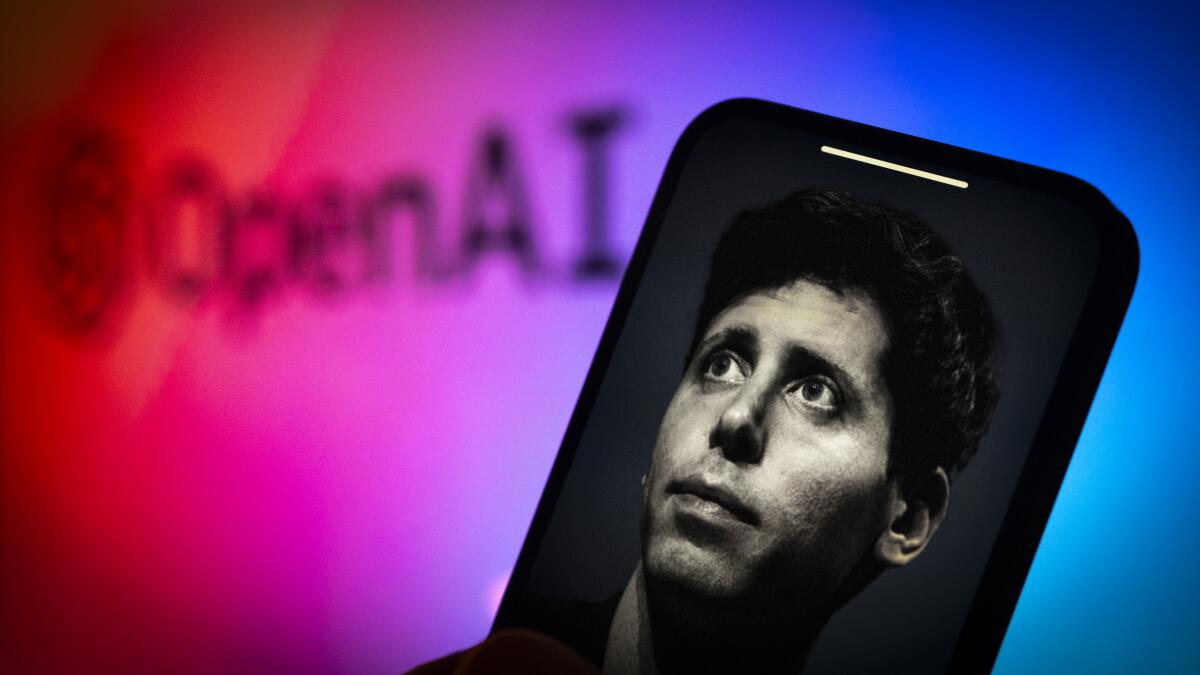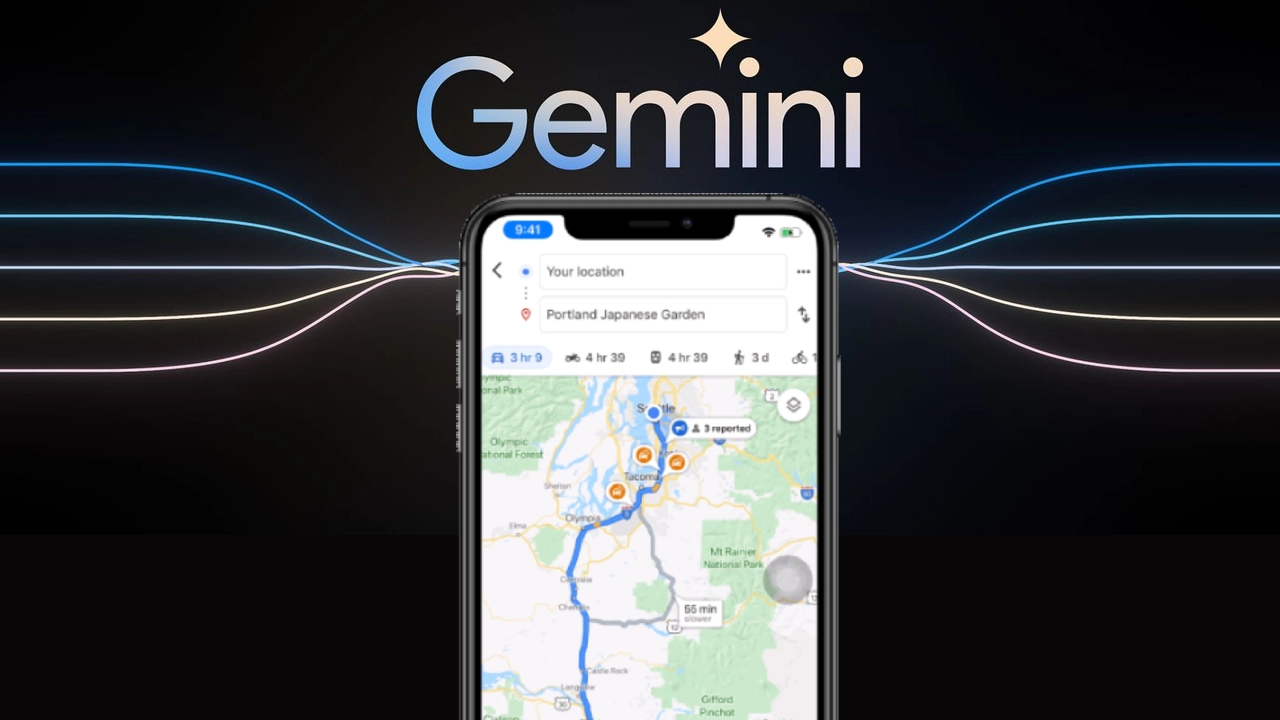Nasa receives laser, radio messages from deep space: here is how
By Muhammad JuniadPublished On 13 Feb 2024

Nasa has achieved a groundbreaking feat by receiving both radio and laser messages from deep space through its Psyche spacecraft, Unilad reported.
The US space agency has utilised the Psyche probe to test the Deep Space Optical Communications (DSOC) system, originally designed for its primary mission to visit an asteroid of the same name.
DSOC, employing a near-infrared laser, showcased its capabilities when a laser signal was detected from 10 million miles away in a November test.
DSOC presents advantages over radio communication, offering better bandwidth speeds for quicker data reception. Despite technological challenges, NASA researchers are contemplating a hybrid approach, combining both radio and laser for optimal communication.
The recent DSOC test successfully received data from an impressive distance of 32 million kilometres, demonstrating significant progress compared to previous trials.
On January 1, Psyche's team achieved a remarkable download speed of 15.63 megabits per second, a substantial improvement – 40 times faster than standard radio frequency.
Amy Smith, NASA's Deep Space Network Deputy Manager at the Jet Propulsion Laboratory, emphasised the success of their hybrid antenna in tracking DSOC's downlink and synchronously receiving Psyche's radio frequency signal, marking a historic achievement in deep space communication.
NASA aspires to track Psyche when it is 2.5 times the distance from the Sun to Earth, demonstrating the potential of optical frequencies. Tehrani highlighted the efficiency of this approach, enabling a single asset to serve dual functions – converting communication roads into highways and realising significant savings in time, money, and resources.
The successful tests indicate a promising future for deep space communication, opening new possibilities for advanced exploration and connectivity.









